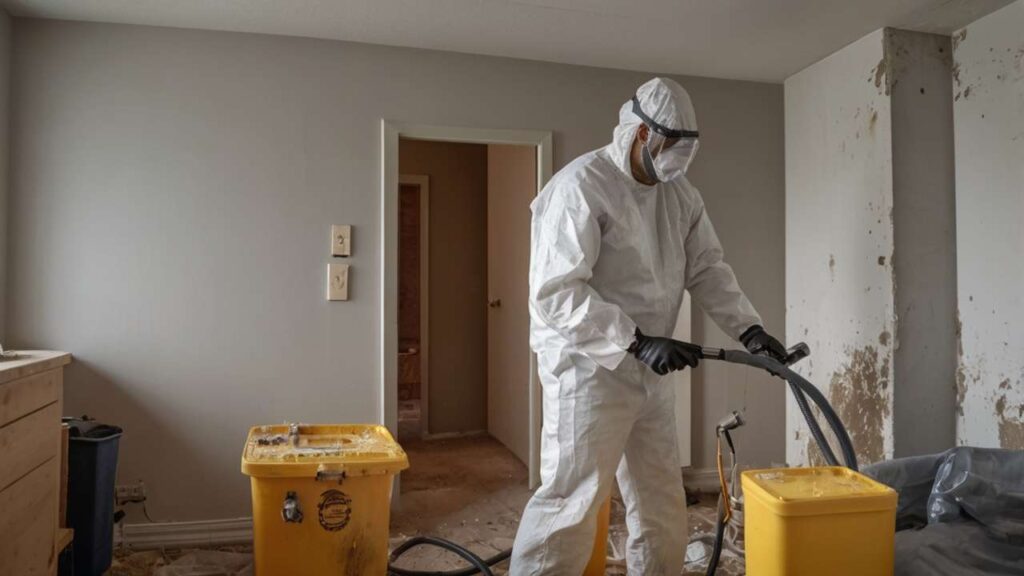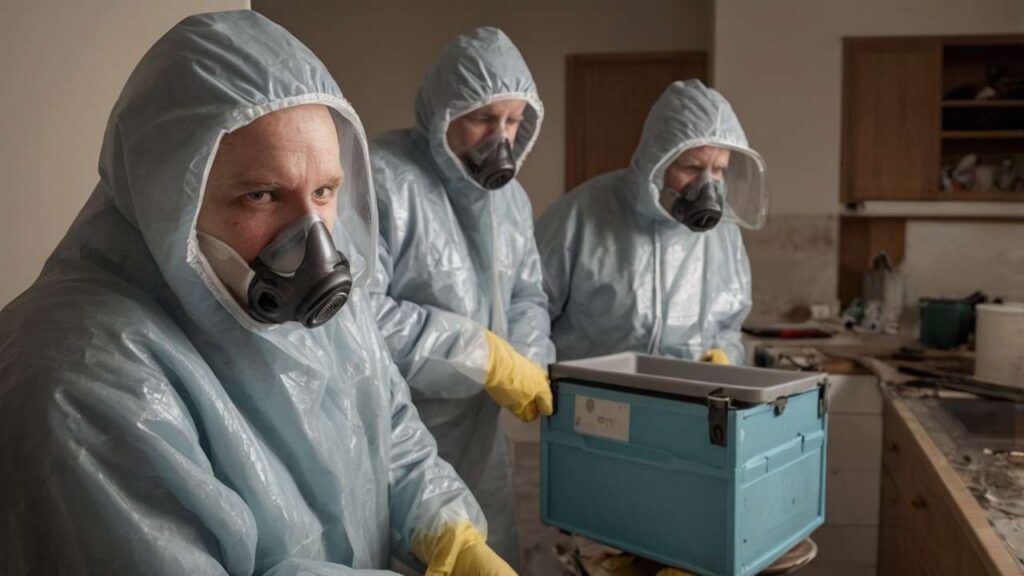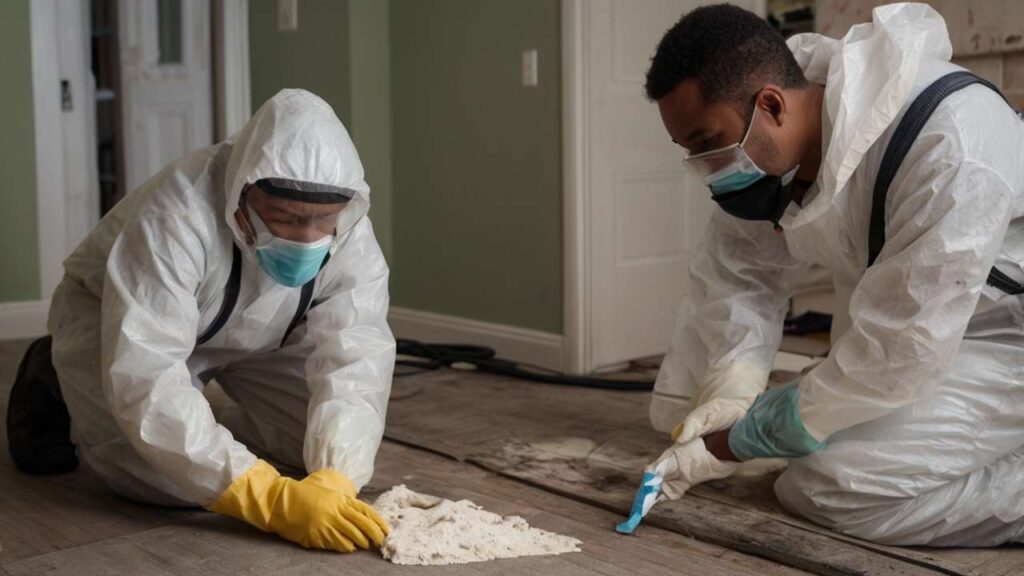Most people don’t realize how quickly mold creeps into their daily lives until it’s too late. It usually begins silently—dark corners of a crawlspace, faint stains on attic boards, or dampness near bathroom grout. By the time it’s visible, mold has already found comfort in your home. That’s why following a simple mold prevention checklist for homeowners feels less like a suggestion and more like a rule for a healthy, proactive home.
I’ll admit it: even in my own place, I ignored the faint musty smell under the sink once. Weeks later, I had to throw away half the cabinet. If I had followed a seasonal checklist, it could’ve been avoided. According to expert remediation specialists, mold thrives anywhere moisture lingers for 24–48 hours. That means homeowners must focus on managing high-risk areas like attics, crawlspaces, and bathrooms before spores take over.
- A Seasonal Mold Prevention Checklist
- Post-Water Damage Mold Prevention
- Managing Indoor Humidity and Condensation
- Why Homeowners Fail Without a Checklist
- Expert Opinions on Prevention
- Common Mistakes and Misleading Fixes
- Beyond Checklists: Expanding the Conversation
- Case Study: The Attic That Wouldn’t Stay Dry
- Frequently Asked Questions
A Seasonal Mold Prevention Checklist
The first part of the proactive home approach involves recognizing high-risk zones. Attics, for instance, need proper ventilation. Without airflow, warm moist air rises from the living areas and condenses on wood beams, feeding mold growth. Checking insulation, ridge vents, and exhaust systems every spring is a must. Attic ventilation tips from professionals always emphasize balance: air needs a way in and a way out.
Crawlspaces pose another battle. Inspecting crawlspaces for moisture should become routine. Even something as simple as a plastic vapor barrier or sealing small foundation cracks can reduce water seepage drastically. I’ve crawled into a space once where plumbing had been dripping for months—it was like a greenhouse for mold. The repair process wasn’t complicated: tighten the fittings, replace a few damp joists, and run a dehumidifier. But it cost way more than simple seasonal checks.
Bathrooms, on the other hand, are everyday battlegrounds. Ventilation fan best practices make all the difference here. Turn the fan on not just during a shower but for at least 20 minutes after. If you notice condensation sticking to mirrors or walls, it’s a red flag that airflow is insufficient.
Post-Water Damage Mold Prevention
Water damage is one of the most overlooked triggers of mold recurrence. I’ve seen neighbors dry floors after a pipe burst but forget walls and baseboards. Guess where mold appeared two weeks later? Behind the drywall. An effective post-water damage mold prevention plan means immediate action: extract standing water, use fans and dehumidifiers, and if necessary, cut and replace sections of drywall. It’s not pretty, but leaving it hidden is even worse.
A professional once told me, “Mold after water damage doesn’t wait for you to finish insurance paperwork. It spreads while you’re still on the phone.” That urgency sums it up well. Acting fast is often the cheapest and safest choice.
Managing Indoor Humidity and Condensation
A reliable long-term mold maintenance plan always focuses on moisture sources. Guides like How to Identify and Control the 5 Sources of Home Humidity are priceless for homeowners trying to stay ahead of hidden moisture. Simple fixes like insulating pipes, improving gutter drainage, or running a whole-home dehumidifier can transform problem houses into safe ones.
Reducing indoor condensation takes habit as much as hardware. Opening windows occasionally, avoiding indoor clothes drying, and using lids while cooking all play small but real roles. None of these are glamorous tasks, but in the fight against mold, little things matter.
Why Homeowners Fail Without a Checklist
In my opinion, the biggest reason mold keeps coming back is inconsistency. Homeowners may fix one leak but forget the attic, or they clean grout but ignore the crawlspace. A structured maintenance schedule for leaks, ventilation, and inspections prevents these gaps. The best checklists are simple: quarterly checks for leaks, seasonal attic and crawlspace inspections, and monthly bathroom fan tests.
Skipping any of these steps means letting mold sneak back. And trust me, it always finds the gap. Experts often stress that how to prevent mold recurrence depends on discipline more than chemicals. Sprays and cleaners are temporary—habits keep homes clean long-term.
Expert Opinions on Prevention
Dr. Steven Hall, an indoor air quality expert, explains: “Homeowners who treat mold as an emergency cleanup project are missing the point. True prevention is a lifestyle—small, steady actions that keep moisture from ever becoming a problem.” His opinion mirrors what many trusted remediation professionals believe: prevention is cheaper, healthier, and far less stressful.
Articles like Mold’s Silent Threat: Understanding the Health Risks and When to See a Doctor show why ignoring mold can have serious health effects. It’s not just about ugly stains. Likewise, More Than a Stain: The Structural Damage Caused by Untreated Household Mold illustrates the hidden cost of neglect.
Common Mistakes and Misleading Fixes
A lot of homeowners still believe bleach is the answer. It’s not. As Why Bleach is Never the Long-Term Solution explains, bleach often fails to penetrate porous surfaces like wood or drywall. That means mold survives below the surface, only to return stronger. The reliable route is proper removal, material replacement if needed, and controlling the moisture source.
One repair example I recall: a basement wall repeatedly showed black streaks despite bleach scrubbing. Professionals finally revealed a leaking exterior drain tile. Fixing the drainage solved the problem permanently.
Beyond Checklists: Expanding the Conversation
Talking about a simple prevention checklist to keep mold away forever naturally leads to bigger discussions. Homeowners are beginning to ask about eco-friendly materials that resist mold, smart sensors that alert when humidity spikes, or even integration of mold prevention into whole-home automation systems. These innovations push prevention into the future.
There’s also growing interest in comparing mold maintenance across climates. What works in humid North Carolina differs from arid Nevada, which is why resources like Top-Notch Mold Remediation Services in North Carolina resonate with regional readers. Broad collections like Mold Remediation Articles and the main hub at Pro Service Tips provide insights across situations.
In my personal view, another fascinating area to explore is long-term cost comparison. Preventive maintenance costs pennies compared to professional repairs after a major outbreak. This financial perspective often convinces skeptical homeowners more than health warnings.
Case Study: The Attic That Wouldn’t Stay Dry
A friend of mine in Raleigh had mold in his attic every single summer. He cleaned it, painted over stains, even replaced a few beams. Nothing worked. Finally, a professional team performed a complete ventilation redesign, adding soffit vents and upgrading the ridge vent. The following summer, not a single spot of mold appeared. The homeowner told me later, “I wish I’d just called experts the first time. It would have saved me thousands.”
Stories like this emphasize why expert guidance is often the most reliable path forward. A checklist helps, but experience matters when problems run deeper.
Frequently Asked Questions
Q1: What are the most important areas in the home for mold prevention?
High-risk areas include attics, crawlspaces, bathrooms, basements, and anywhere water damage has occurred. Regular checks here reduce long-term risks.
Q2: How can homeowners prevent mold recurrence after remediation?
Focus on consistent moisture control: fix leaks quickly, run ventilation fans, maintain attic airflow, and dehumidify as needed. A checklist ensures these steps aren’t skipped.
Q3: Is DIY mold prevention effective without professional help?
DIY methods work for small-scale prevention, but experts recommend professional input for chronic issues, water damage recovery, or large infestations. Trusted professionals bring experience and tools that most homeowners don’t have.
Every homeowner deserves peace of mind knowing their space is protected from hidden threats. Following a simple prevention checklist to keep mold away forever may sound basic, but its power lies in consistency. Whether it’s drying out crawlspaces, keeping fans running, or investing in expert inspections, each small action builds into a safer, healthier home.
If this article gave you useful ideas, share it on your social media using the buttons below. Chances are, someone in your circle is dealing with that same musty smell right now.



